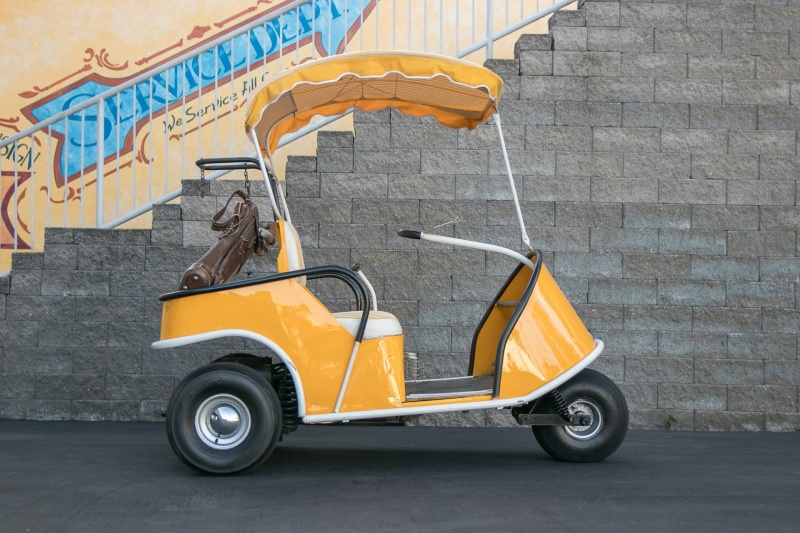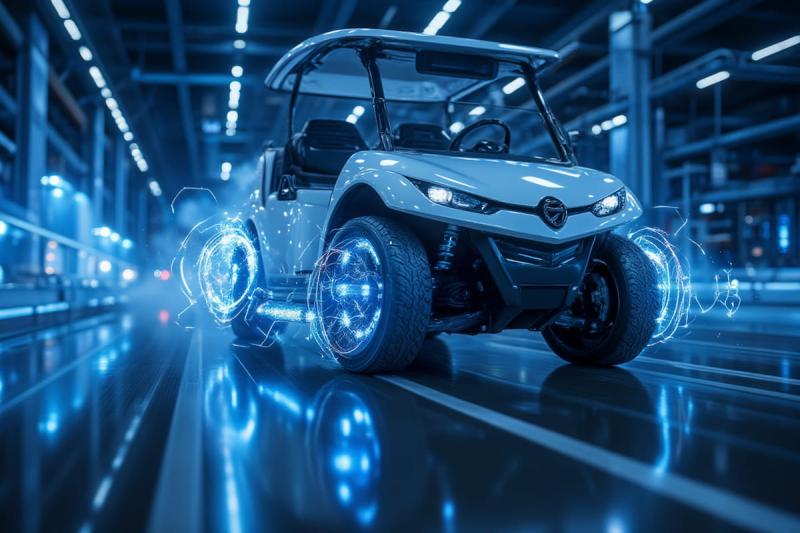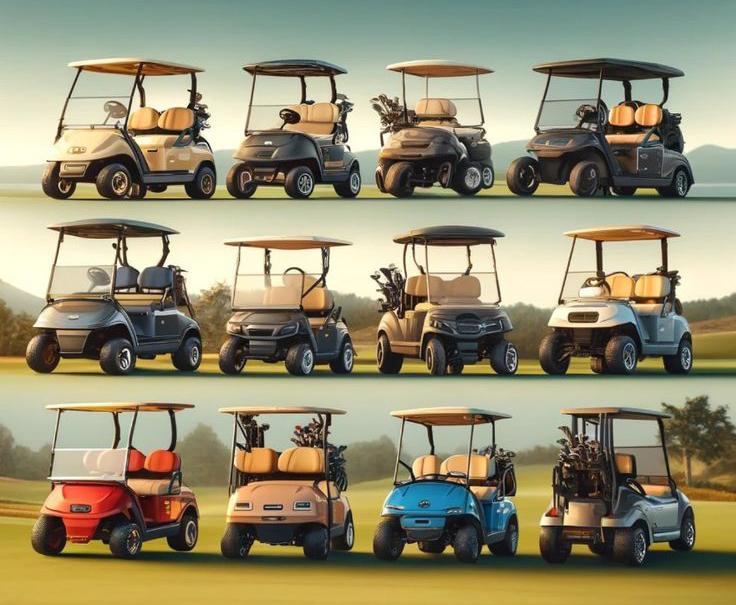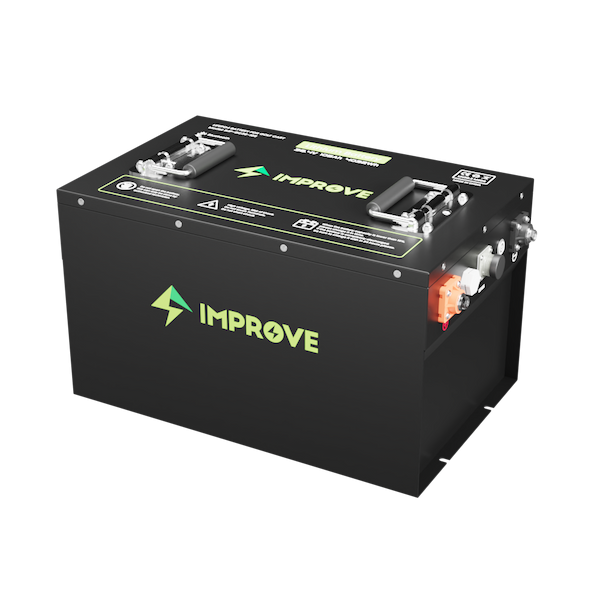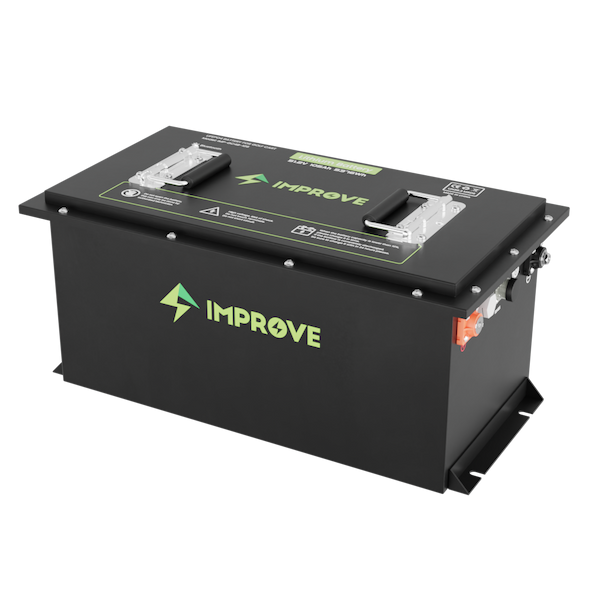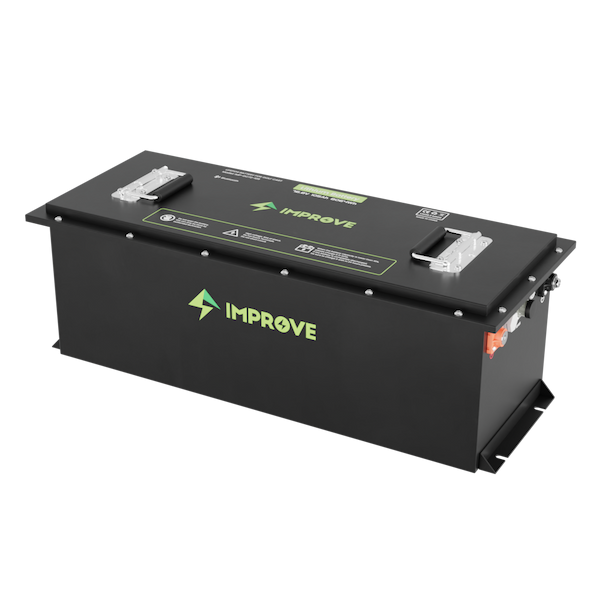Club Car is a company that makes electric and gas-powered golf carts for personal and commercial use. The company is a leader in the industry, known for being one of the first companies to produce street-legal golf carts.
Club Car's Early Years
The idea of the golf cart has been changing since its inception. Club Car has been at the forefront of the evolution of golf carts from its beginning. Did you know that the Club Car was the first to invent a golf cart with the steering wheel? This happened in the 1960s. The interesting fact is Club Car was not always Club Car. Earlier, it was known as Landreth Machine, a Dallas, Texas based company.
Later, Bill Stevens of Augusta bought it and moved from Texas to Georgia, where over the years, it would become one of the most popular golf cart brands in the industry. Today it continues to innovate by making necessary changes and technological developments like charging ports or other technology you'd expect in carts today.
The golf cart industry grew even more in the 1970s, and carts started to be used for transportation off the course. It was seen as an alternative to public transportation or driving your car everywhere, especially in small communities with few roads.
Club Car Golf Cart Models
The First of Club Car - 1960
Club Car's first product was a battery-powered three-wheeled vehicle called the "cart carrier." It was designed to transport carts from one part of a course to another, but it wasn't long before customers began asking for them to carry people too. So the company made some tweaks and came up with "Club Car."
The First Four Wheel Cart - 1975
The most jaw-dropping changes happened in 1975 when the company introduced the four-wheeled cart. The early Club Car models had bucket seats, but a bench bottom with individual backs was later used.
The Club Car DS Model - 1981
In 1982, Dom Saporito joined the design group and developed a new DS cart. It was more stylish than previous models, with his initials featured in its name: DS. This model included their first 48-volt electric motor, which added about 30% increased power to drive the train compared to older versions of this product line. The design is the same that is seen today except for minor changes. The Carryall II was also introduced in 1985, one of the first utility vehicles for commercial use.
Club Car Precedent Model - 2004
In 2004, Club Car launched the Precedent i2. This golf cart model has a fleet based on five years of research and development that quickly sets the standard for style and comfort. It is also their first 4WD utility vehicle introduced in this year called Carryall 295 which contains an electric motor to provide power needed when traversing rugged terrain or more demanding applications such as landscaping businesses, parks & recreation areas, etc.
Club Car Onward Model - 2017
In 2017, the company launched its first Onward series of personal vehicles. This model can customize a vehicle's accessories, color, and more. The company launched 2-passenger, 4-passenger, and 4-passenger lifted vehicles in the initial launch.
Club Car Golf Cart Design
The Club Car is a cart that doesn't change much over time. The design has been pretty steady for about forty years, going through some changes in materials and the introduction of gas engine powertrain. Big auto companies upgrade cars almost on an annual basis, but this isn’t the case with reliable, utilitarian Club Car, where sticking to good things is the modus operandi and where design over years has been consistent as a wheelbarrow.
One time you can bet on a design change is when the company was sold in 1973. This gave rise to several changes in golf cart design. In 1993 that Club Car changed their body design when minor alterations were made to the front cowl & headlights; changing from metal into an indestructible thermoplastic resin called "ArmorFlex".
Club Car's System
Club Car started off with only making a 36 volt electric cart, but in 1984 they branched out and made the first gas-powered 4-cycle golf cart. The 90’s decade is dedicated to developments. The very first overhead valve engine was produced in 1992. Club Car also worked on creating in-demand vehicles specific to customer needs.
The Excel Boost System was created in 2008 to boost car efficiency and give consumers a better driving experience. It works by allowing for more control over the vehicle's speed and faster acceleration than other cars of its kind that were on the market at this time. The Villager 2+2 LSV was also introduced around this time (2008), allowing drivers to move through neighborhoods, downtown areas, or anywhere else with ease while operating within legal limits.
In 2010, Club Car released the new connected technology system. One of its features was a 3D course flyover experience with Visage and fleet management software. The zero-emissions LSV (low-speed vehicle) was introduced on Earth Day, and other features were highlighted by Club Car.
Club Car's Experience and Evolution
Club Car has been building high-quality vehicles for nearly 60 years. Their first products were golf carts, but today they're also known as a leading utility and personal vehicles provider. They strive to be the best at what they do because that's always their goal - excellence is Club Car's top priority!


